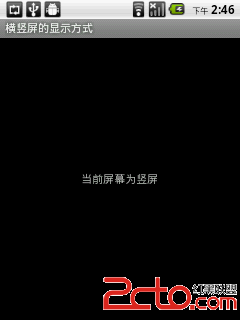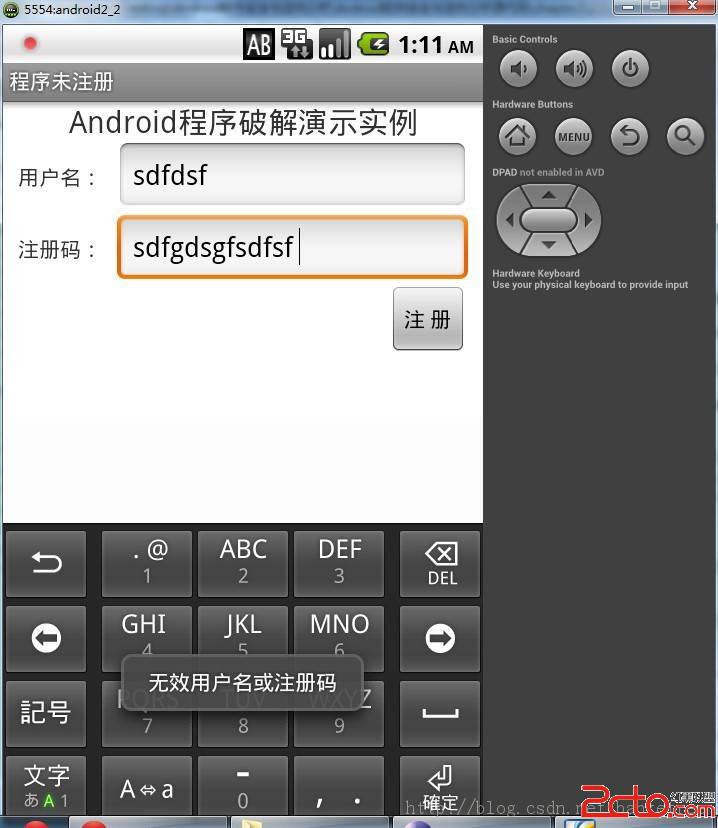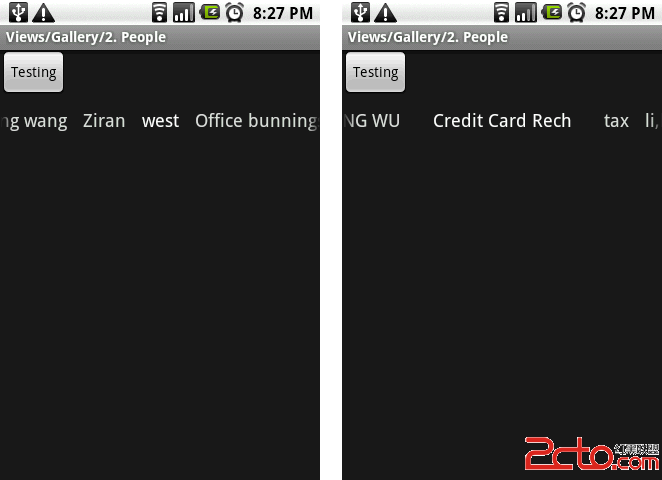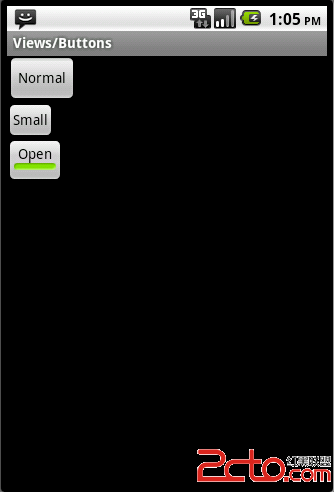android学习笔记8:RelativeLayout
RelativeLayout为相对布局,这种布局内的组件总是相对兄弟组件、父容器来确定的,在定义控件的位置时,需要参照其他控件的位置。
这个程序实现了一个梅花的相对布局

<?xml version="1.0" encoding="utf-8"?>
<RelativeLayout xmlns:android="http://schemas.android.com/apk/res/android"
android:orientation="vertical"
android:layout_width="fill_parent"
android:layout_height="fill_parent"
>
<!-- 定义该组件位于父容器中间 -->
<TextView
android:id="@+id/view01"
android:layout_width="wrap_content"
android:layout_height="wrap_content"
android:background="@drawable/leaf"
android:layout_centerInParent="true"
/>
<!-- 定义该组件位于view01组件的上方 与view01左对齐-->
<TextView
android:id="@+id/view02"
android:layout_width="wrap_content"
android:layout_height="wrap_content"
android:background="@drawable/leaf"
android:layout_above="@id/view01"
android:layout_alignLeft="@id/view01"
/>
<!-- 定义该组件位于view01组件的下方 -->
<TextView
android:id="@+id/view03"
android:layout_width="wrap_content"
android:layout_height="wrap_content"
android:background="@drawable/leaf"
android:layout_below="@id/view01"
android:layout_alignLeft="@id/view01"
/>
<!-- 定义该组件位于view01组件的左边 -->
<TextView
android:id="@+id/view04"
android:layout_width="wrap_content"
android:layout_height="wrap_content"
android:background="@drawable/leaf"
android:layout_toLeftOf="@id/view01"
android:layout_alignTop="@id/view01"
/>
<!-- 定义该组件位于view01组件的右边 -->
<TextView
android:id="@+id/view05"
android:layout_width="wrap_content"
android:layout_height="wrap_content"
android:background="@drawable/leaf"
android:layout_toRightOf="@id/view01"
android:layout_alignTop="@id/view01"
/>
</RelativeLayout>
<?xml version="1.0" encoding="utf-8"?>
<RelativeLayout xmlns:android="http://schemas.android.com/apk/res/android"
android:orientation="vertical"
android:layout_width="fill_parent"
android:layout_height="fill_parent"
>
<!-- 定义该组件位于父容器中间 -->
<TextView
android:id="@+id/view01"
android:layout_width="wrap_content"
android:layout_height="wrap_content"
android:background="@drawable/leaf"
android:layout_centerInParent="true"
/>
<!-- 定义该组件位于view01组件的上方 与view01左对齐-->
<TextView
android:id="@+id/view02"
android:layout_width="wrap_content"
android:layout_height="wrap_content"
android:background="@drawable/leaf"
android:layout_above="@id/view01"
android:layout_alignLeft="@id/view01"
/>
<!-- 定义该组件位于view01组件的下方 -->
<TextView
android:id="@+id/view03"
android:layout_width="wrap_content"
android:layout_height="wrap_content"
android:background="@drawable/leaf"
android:layout_below="@id/view01"
android:layout_alignLeft="@id/view01"
/>
<!-- 定义该组件位于view01组件的左边 -->
<TextView
android:id="@+id/view04"
android:layout_width="wrap_content"
android:layout_height="wrap_content"
android:background="@drawable/leaf"
android:layout_toLeftOf="@id/view01"
android:layout_alignTop="@id/view01"
/>
<!-- 定义该组件位于view01组件的右边 -->
<TextView
android:id="@+id/view05"
android:layout_width="wrap_content"
android:layout_height="wrap_content"
android:background="@drawable/leaf"
android:layout_toRightOf="@id/view01"
android:layout_alignTop="@id/view01"
/>
</RelativeLayout>
在activity中动态设置控件的间距
import android.app.Activity;
import android.os.Bundle;
public class RelativeLayoutTest extends Activity
{
@Override
public void onCreate(Bundle savedInstanceState)
{
super.onCreate(savedInstanceState);
setContentView(R.layout.main);
findViewById(R.id.view01).setPadding(5, 5 , 5 , 5); //设置各个控件之间的间距
findViewById(R.id.view02).setPadding(5, 5 , 5 , 5);
findViewById(R.id.view03).setPadding(5, 5 , 5 , 5);
findViewById(R.id.view04).setPadding(5, 5 , 5 , 5);
findViewById(R.id.view05).setPadding(5, 5 , 5 , 5);
}
}
摘自 hn307165411的专栏
补充:移动开发 , Android ,




